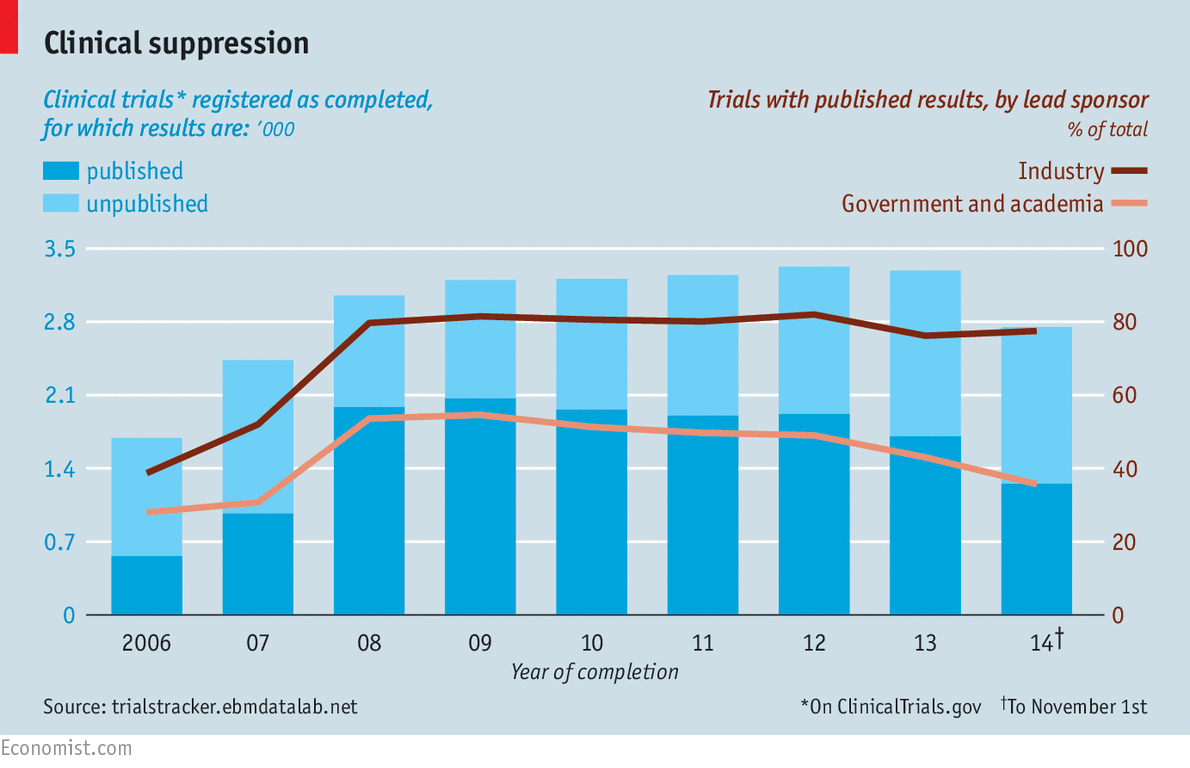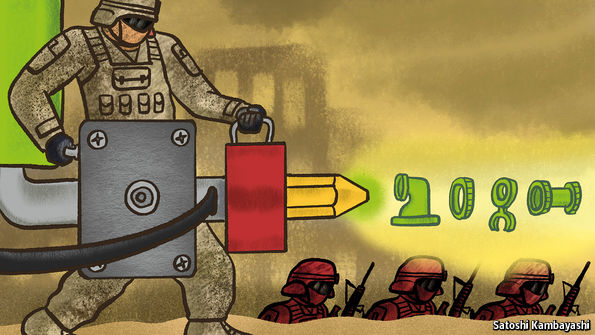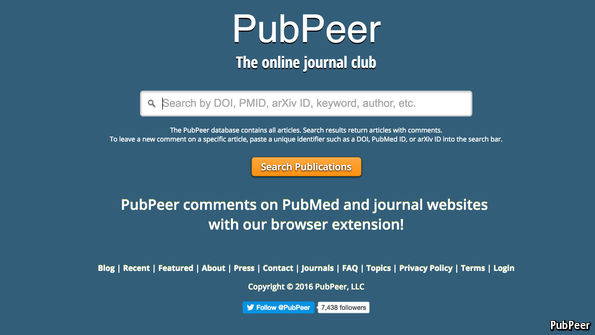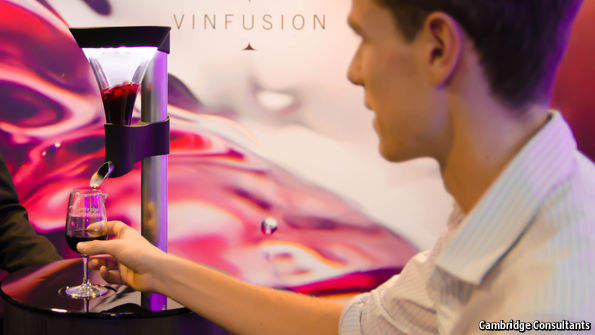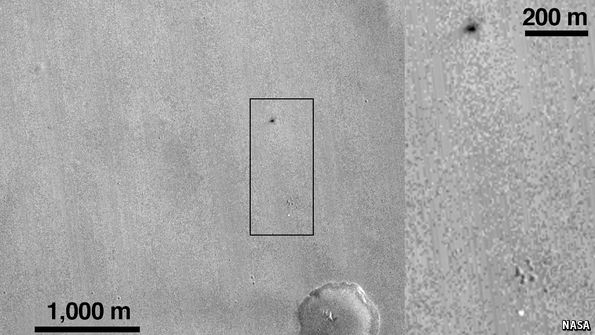Earth’s plants are countering some of the effects of climate change
 A feast in the air
A feast in the airIN 1972, on their way to the Moon, the crew of Apollo 17 snapped what would become one of the most famous photographs ever taken. The “Blue Marble” shows Earth as it looks from space: a blue sphere overlaid by large brown swatches of land, with wisps of white cloud floating above.
But times change, and modern pictures of Earth look different. A wash of greenery is spreading over the globe, from central Africa to Europe and South East Asia. One measurement found that between 1982 and 2009 about 18m square kilometres of new vegetation had sprouted on Earth’s surface, an area roughly twice the size of the United States.
The growth in greenery is a consequence of climate change. As the planet heats up, places that were once too chilly for most plants to grow have become steadily more hospitable. That extra vegetation, in turn, exerts its own effects on the climate. According to a team led by Trevor Keenan of the Lawrence Berkeley National Laboratory, in California, who have just published their findings in Nature Communications, the plant growth caused by climate change…Continue reading
Source: Economist







